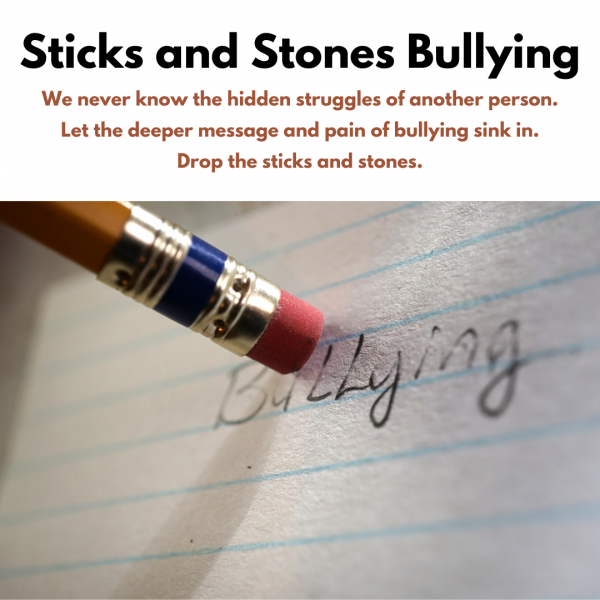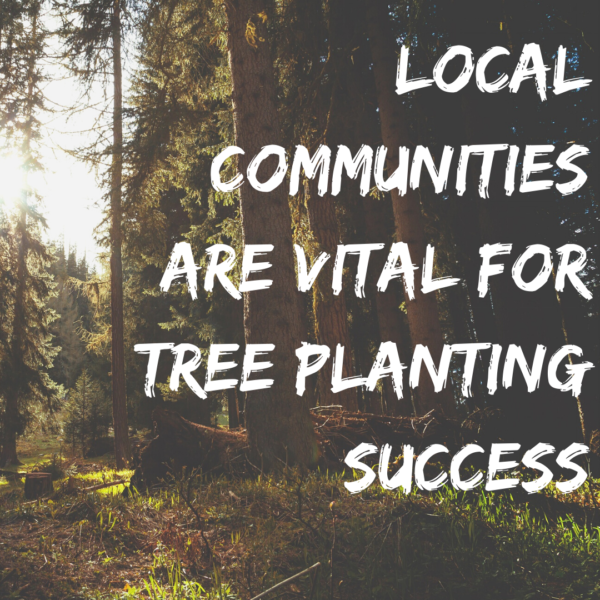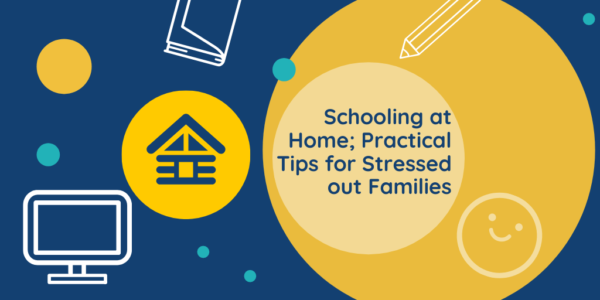Rock-a-bye baby, where did you grow?
How young were you when learned that the world was so cold?
How old were you when you learned what it meant to be stoned?
That your momma couldn’t love you more than she loved the fast life?
When DCS stormed in and took you from her in the middle of the night?
Rock-a-bye baby, how did you feel?
How many promises did caregivers break before your faith in them wasn’t real?
How many times were you alone in the world and in your head?
Did you know it wasn’t your fault and you deserved more when you went to bed?
Rock-a-bye baby, how many foster homes did you see?
Did any one of them make you feel loved and or fill your heart with glee?
Did you wonder why no one adopted you when you aged out?
Was there one person that cared for you through it all, without a doubt?
Rock-a-bye baby, did you know?
Did anyone tell you your story’s not unique in the way it unfolds?
That there’s 20,000 just like you that get to answer these questions when they turn 18 too?
The Sad Truth
The number 20,000 the above poem refers to is the 20,000 children who “age out” of the foster care system in the United States each year. There are roughly 400,000 minors in foster care in the United States.
These children at 2 times as likely to suffer from PSTD as US war veterans. The worst part is there aren’t enough foster homes to help each of them through their rough times. These children grow up to face a plethora of negative statistics that include 20% of them becoming homeless upon aging out, 70% of women becoming pregnant by age 21, and 60% of the males becoming involved with the legal system.
These numbers may seem gloomy. The good news is one caring and loving adult is often all these children need to beat the odds. The number 1 way to help is to become a foster parent, however, that is unrealistic for many of us.

Making a Difference with Less Commitment
There are ways to show up for a child without taking them on full time. Below is a list of ways one caring adult can be a force for change in the lives of a youth who truly needs it.
- Become a Court Appointed Special Advocate (CASA): CASAs are volunteers who are mentors and confidants for foster youth. CASAs play a vital role because they serve as the voice of the foster child in court and advocate for their wants and needs.
- Become a mentor: A quick search for “mentor a foster youth” will reveal all the programs in our areas that allow us to mentor and support foster children.
- Become a Respite Foster Care volunteer: Respite volunteers will watch foster children while their foster parents are out. This is sort of like baby sitting and add to the loving adults that a child sees.
- Donate supplies and gifts to group homes: Foster youth in group homes often go forgotten. A quick call to a local group home could make a child know someone cares for them.
Remember, to change a life and even the future of our society, all we must do is care. Caring is like throwing a stone in a lake; it causes a ripple effect.
by Mona Nyree Stephens, contributing author
We invite you to discover inspiring and effective ways to care for yourself and to serve others. Now more than ever, caring is what we all need most. Caring for our self. Caring for others around us. Life now demands caring, resilience and compassion like never before. So, become a Custodian of the Caring Movement and help create the world we need right now, the world we want for our future generations.
UCA resources available to help include the Turbulent Times Resources Center, radio show, publications and online store offering members huge discounts and always free shipping.


























